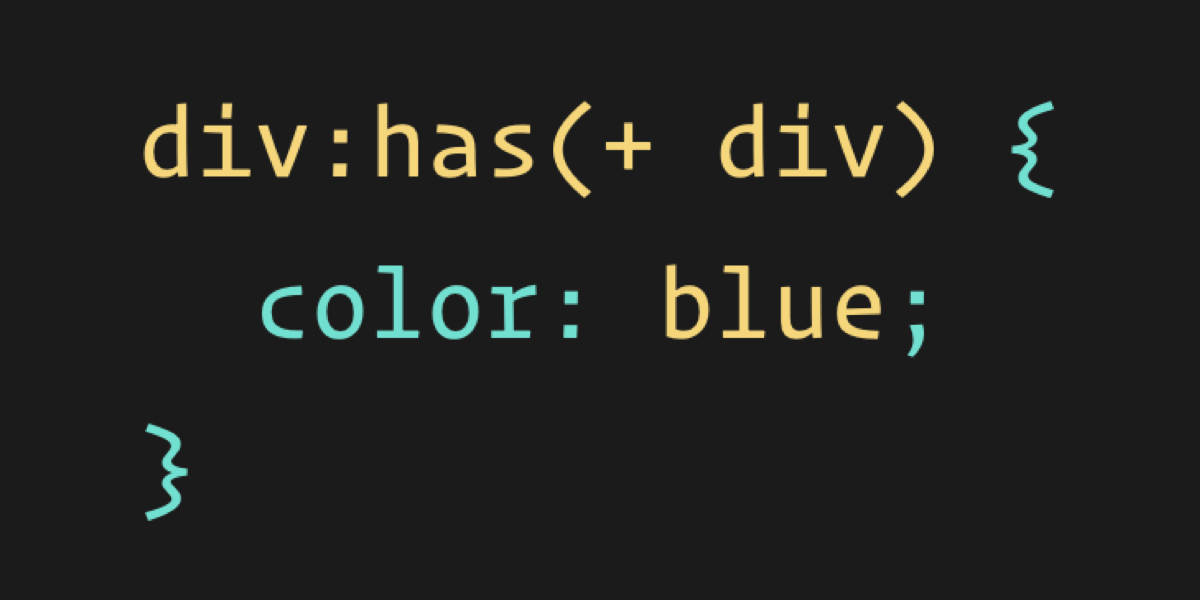No more excuses: Now we can target the parent element with the child in CSS.
In the ever-evolving world of web development, CSS continues to be a powerful tool for creating visually appealing and responsive websites. One common challenge developers often encounter is trying to style a parent element based on its child elements. Traditionally, this task required the use of JavaScript or complex workarounds. We’ll explore how this technique eliminates excuses and empowers developers to target parent elements using only CSS effortlessly.
The Challenge: Targeting Parents Based on Children
Imagine a scenario where you only want to style a specific container if it contains a certain child element. For instance, you might want to apply a distinct border to a parent <div> only if it contains an <h1> element. In the past, achieving this required adding additional classes or resorting to JavaScript. With the introduction of the :has pseudo-class, this task becomes much more straightforward.
Introducing the :has Pseudo-class:
The :has pseudo-class is a new addition to CSS that enables us to select an element if it contains a specific child element. This is a major leap forward in terms of simplifying selectors and improving the maintainability of stylesheets. Let’s dive into an example to see how it works:
See the Pen
Untitled by shaheer (@shaheerblogs)
on CodePen.
In this example, the first .parent element will receive the green border because it contains an <h1> child. The second .parent element will remain unaffected.
Browser Compatibility:
Thus, it can be said that the :has CSS pseudo-class selector is not currently supported in Mozilla Firefox. For a comprehensive understanding of its browser compatibility and usage, including details on which browsers and versions do support it, you can visit the Can I Use website at Can I Use This resource will provide you with up-to-date information to help you make informed decisions when implementing the :has selector in your web development projects, especially considering the diverse range of browsers your target audience may be using.
Conclusion:
The introduction of the :has pseudo-class is a game-changer in the world of web development, providing a simple and elegant solution to a long-standing challenge. This feature empowers developers to target parent elements based on their child elements, resulting in more efficient and maintainable CSS code. While its adoption may be constrained by browser support, it’s undoubtedly a step forward in enhancing the capabilities of CSS and improving the overall development experience. As with any new technology, it’s important to stay informed about updates and changes to ensure that you’re making the most of this powerful tool.
